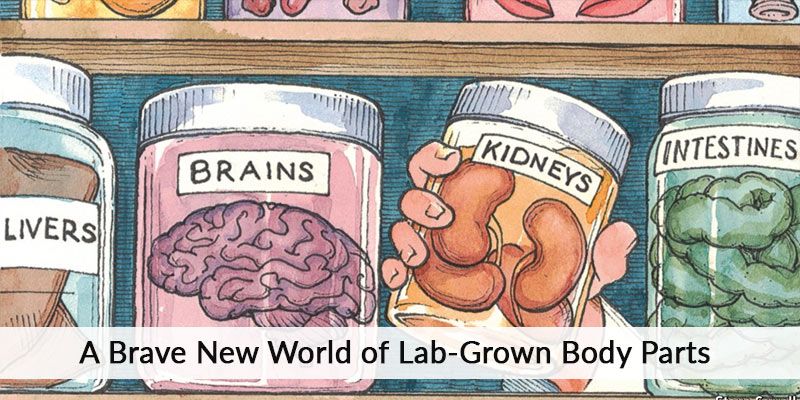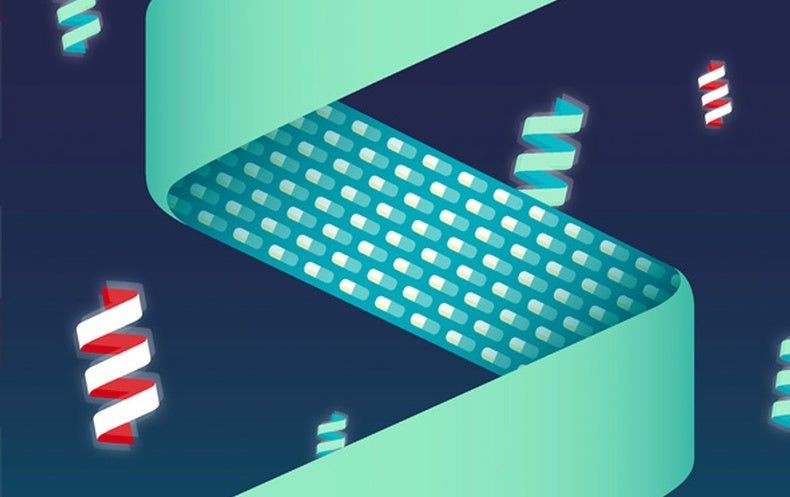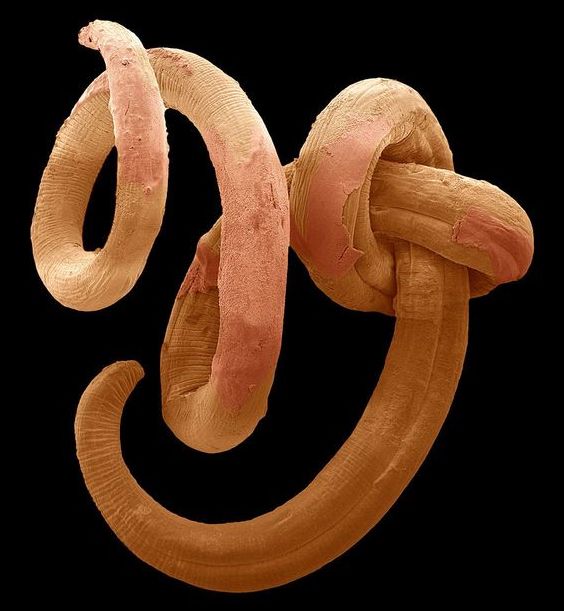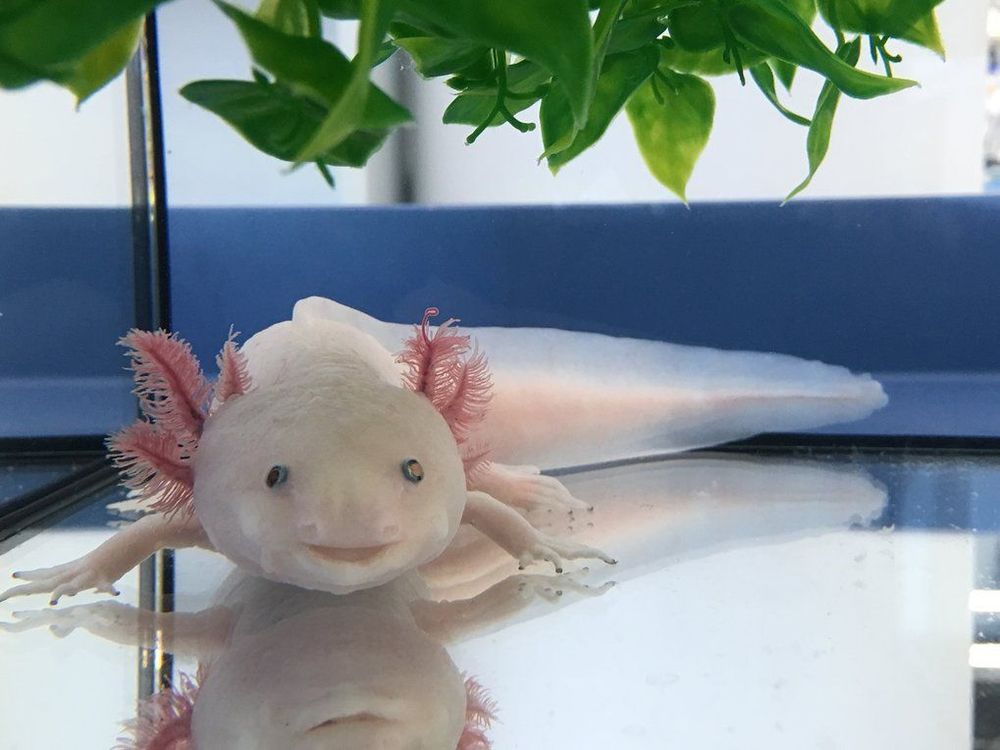Too often the surgical removal of cancer or its elimination through chemo or radiotherapy isn’t the end of the story, but where do the relapses come from? Part of the explanation may lay in what are known as cancer stem cells, which could be thought of as little seedlings that hide away in the body’s tissues until they feel the time is right to return to action. A newly discovered molecule has raised hopes of cutting these crafty critters off at the source, with early experiments demonstrating how it can latch onto cancer stem cells and starve them of what they need to survive.





